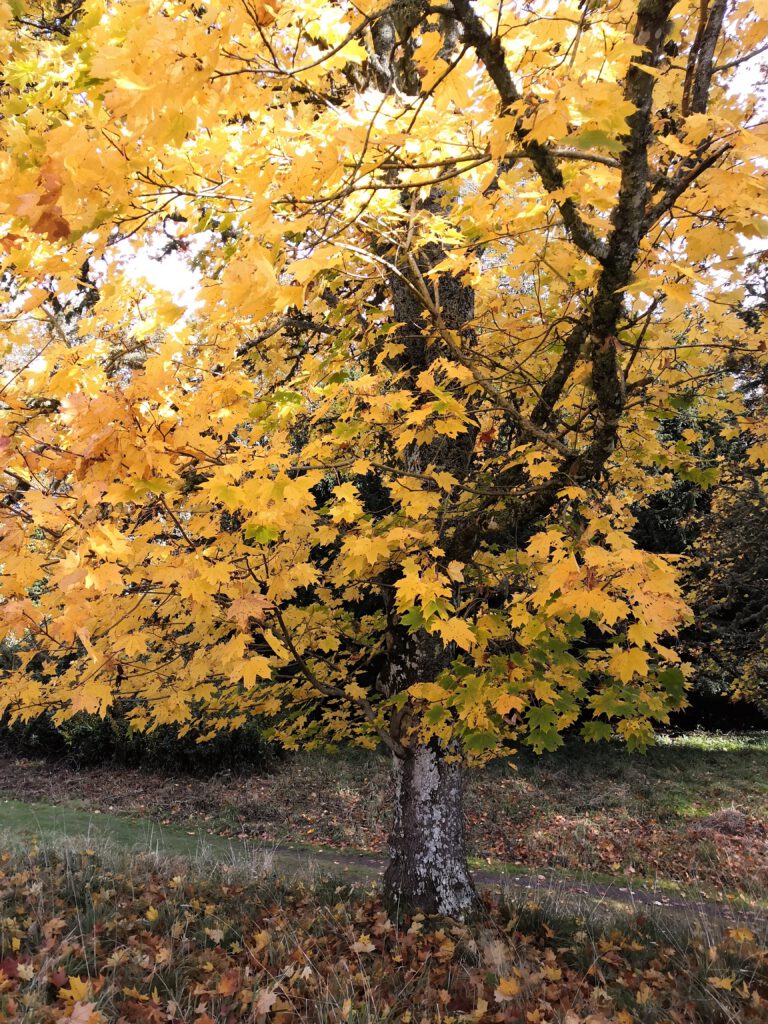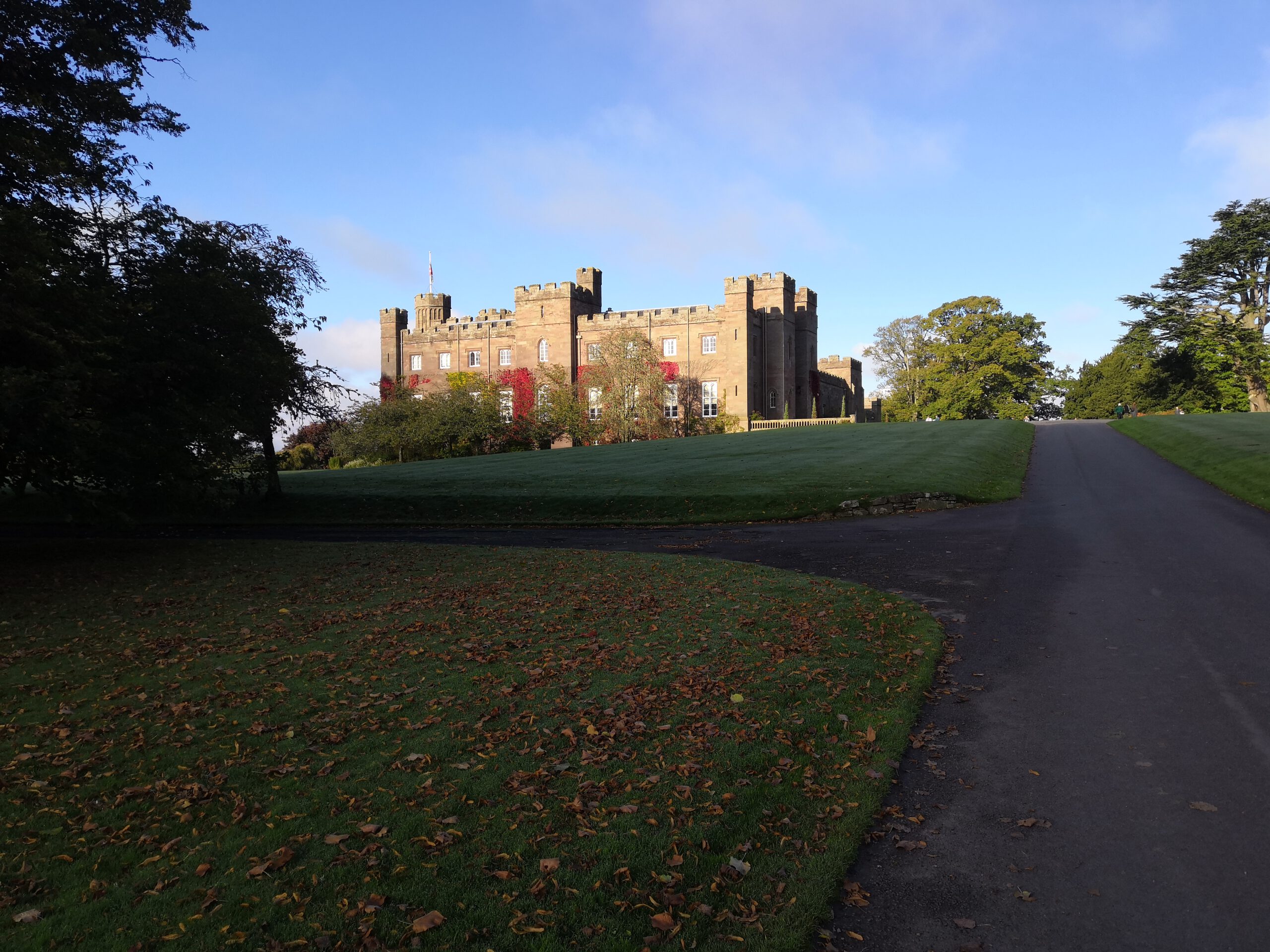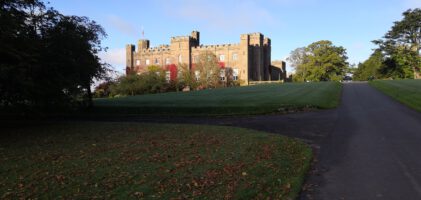Location: Scone north of Perth city centre, Perthshire, Scotland
kind of castle: gothic revival styled historic house
today: open to public
public transport: buses from Perth City Centre
scheduled monument: yes
managed by: Mansfield family
entrance fee: from £ 14 per adult (smaller prices for children, seniors and students)
opening times: https://www.scone-palace.co.uk/plan-your-visit
directions: Scone Palace – Google Maps
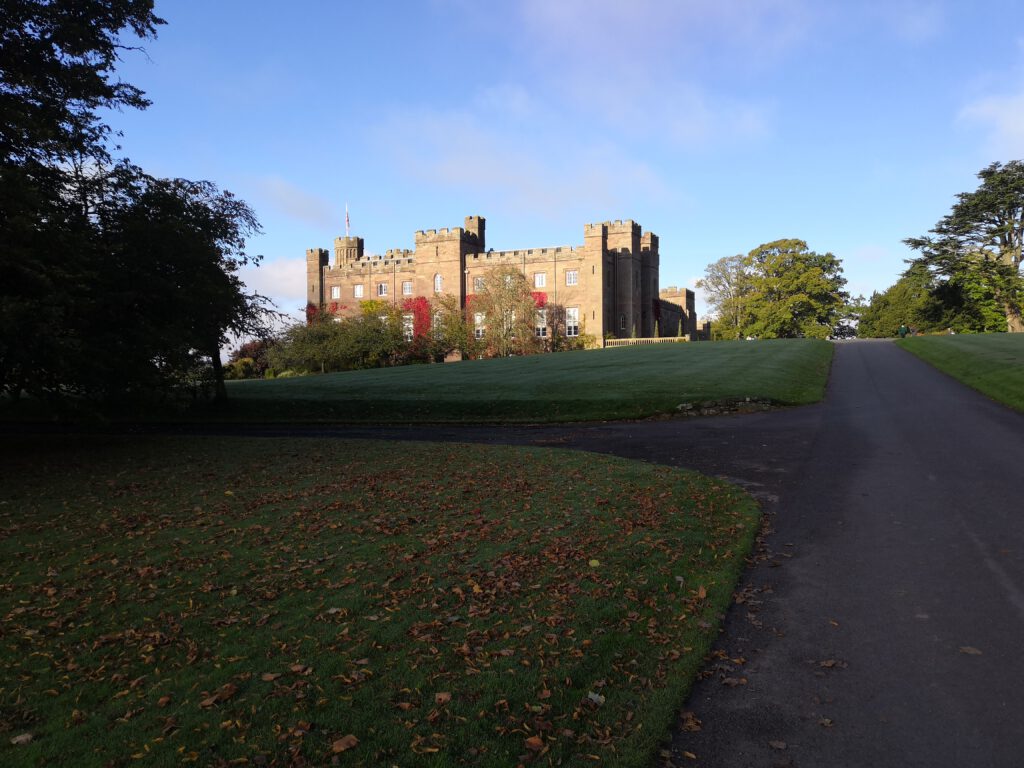
Scone Palace is a place associated with many famous people throughout Scotland’s history. Located close to the village of Scone in Perth and Kinross it also lies within a couple of miles outside the city centre of Perth, the area of the palace and its gardens is associated with Macbeth, Robert the Bruce and Charles II and their coronations among quite a big number of other Scottish kings.
Built out of red sandstone todays castle is an example of the Gothic Revival style, though it first was built around the 12th century. During the years it was rebuilt, the time had taken its toll on the palace just like many other buildings. Most recently it was rebuilt between 1802 and 1807, which is also what you can see as Scone Palace today.
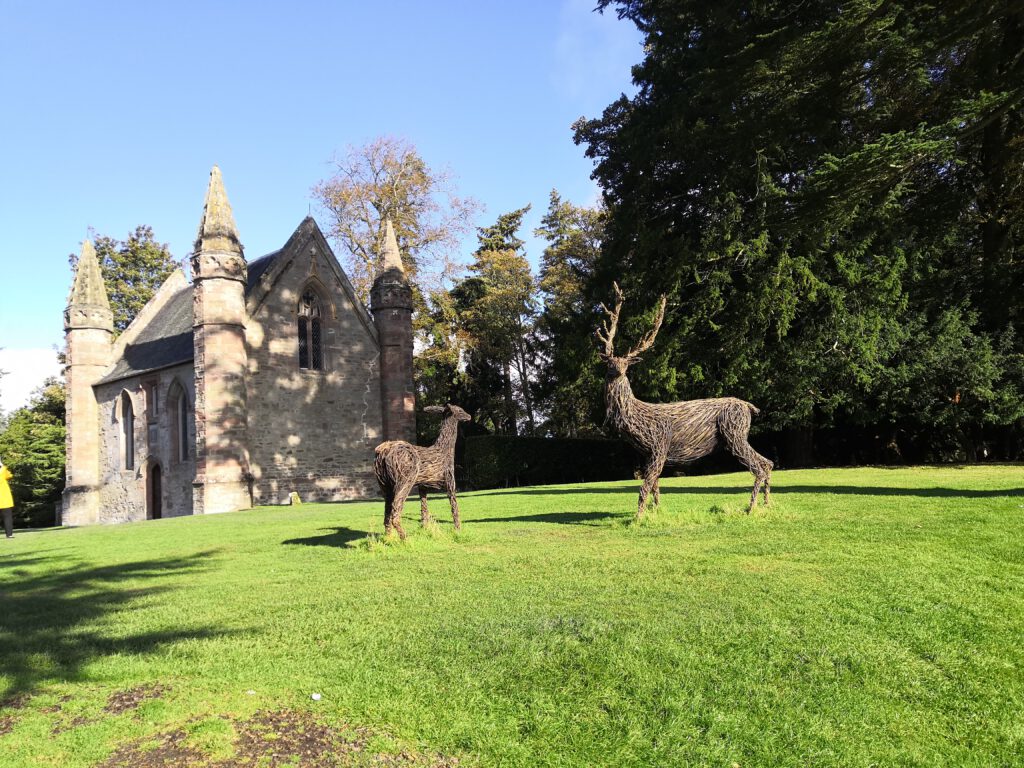
With Scotland in general lack of records before the 11th century it is quite surprising to find a charter dating to 906 which relates to Scone. Located in the heart of the ancient Pictish kingdom and used as the kingdom’s capital by Kenneth MacAlpin, first King of Scots, to this day there is no clear knowledge about where the name Scone comes from. A big bummer in trying to figure that out is the fact that during the last 10 centuries the place changed its names spelling quite often some of those names being ‘Scon’, ‘Scoon’, ‘Scoan’, and many more, which now makes it quite hard to figure out the origin.
It is safe to say that at least from the 9th century on Scone was the place for crowning the Kings of Scots also being home to the Stone of Scone or the Stone of Destiny until it went to Westminster Abbey. No king was a real king of Scots, never to be mentioned allowed to rule, if he hasn’t been crowned at Scone upon the Stone of Scone.

Being the site of an Augustinian Abbey in the Middle Ages, of which no traces above ground level can be found today, Scone played an important role in religious Scotland. It was at this very place where the first Parliament of Scotland was held by King Constantine II in 906, back then referred to as a Council or Assembly. Thus, Scone was made the centre of power in the ancient Kingdom of Alba, while being used as medieval royal residence and hunting ground. Though the grave was never found, it is said that Robert II was laid to rest in the Abbey itself.
There is a saying which demonstrates the great importance of Scone throughout the Scottish history: ‘When the Bell of Scone tolls, the law of the land has been made!’. I personally think there is not much to explain here, let the quote speak for itself.
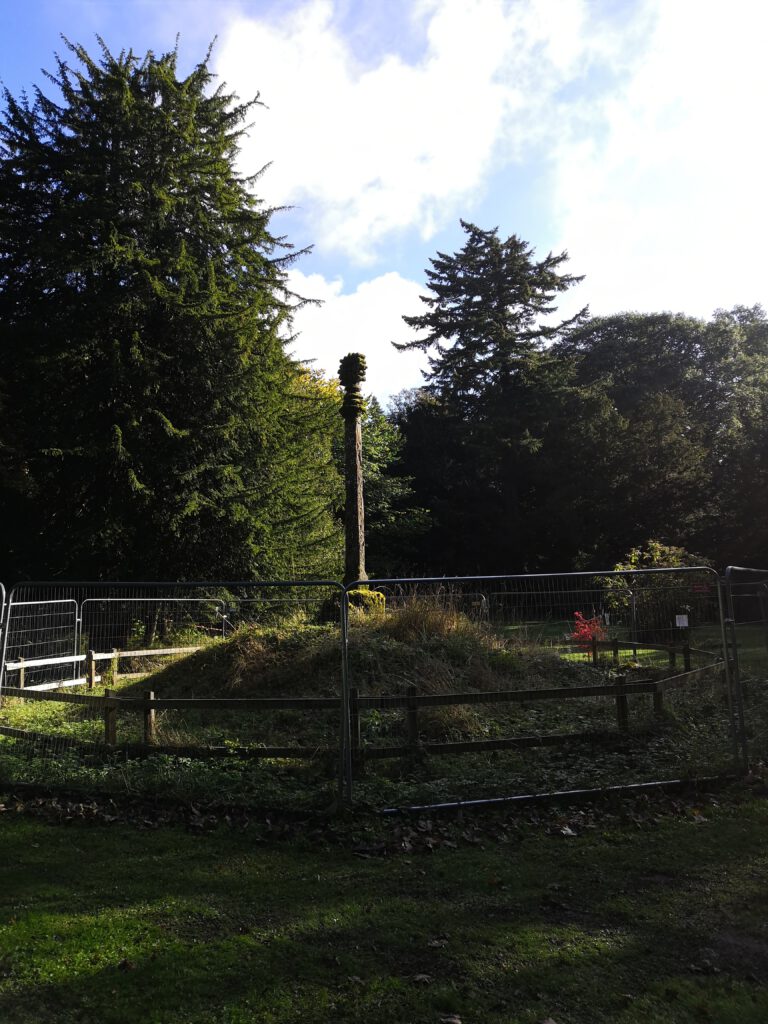
According to folklore there used to be a ceremony at Scone which gave it the nickname ‘Scone of the Noisy Shields’. This ceremony being the magnate of the council would hang their shield displaying their coats of arms on the wall, upon entering the Great Hall. After hanging them they would beat their weapons against them…which obviously would make quite a loud sound.
It is the hill just in front of the Palace, referred to as Moot Hill which was used for the coronations of kings since it traditionally is said that Moot Hill represented all parts of the kingdom of Scots, back then mostly referred to as Alba. So, with the about to be crowned king standing on top of the hill, probably beside the stone cross which is thought to have been removed during the reformation, it allowed the chosen one to take his oaths whilst symbolically standing upon all of Scotland.
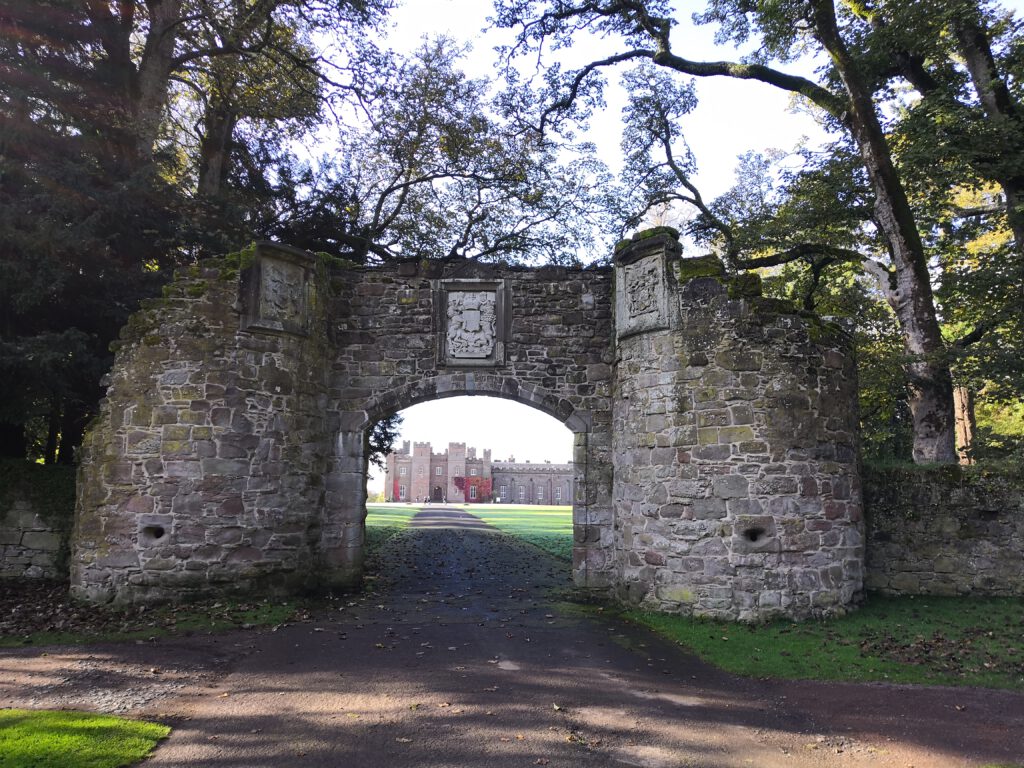
As you might have realised, the history of Scone simply can’t be limited to the past of the palace. Scone is such an important place in Scottish history that especially Moot Hill, Scone Abbey and the former priory shape the history of the palace, of its usage and the famous people who later on visited the grounds and stayed as guests at the palace.
Scone Abbey for example started out as an ancient gathering place of the Picts before there is thought to have been an early Christian church. Scone was counted as one of Scotland’s major monasteries for quite a while before the reformation in 1559, all in all it was considered such from about 1114 to 1559. And between 1284 and 1402 Scone Abbey was considered as the Parliament of Scotland, as which it served and was sometimes even referred to as the Palace of the Abbots.

To this day you can find the Coronation Chair, which was specially made to fit over the Stone of Scone, inside the abbey. The stone, however, was removed to Westminster Abbey by Edward I of England in 1296. Charles II was the last king of Scots to be crowned at Scone, accepting the Scottish crown in 1651. These days the Stone of Scone, after being stolen back from Westminster Abbey, is in Edinburgh Castle alongside the Scottish crown jewels. It is only the replica of the real Stone of Destiny, that you can find in front of the small chapel on the grounds of Scone Palace.
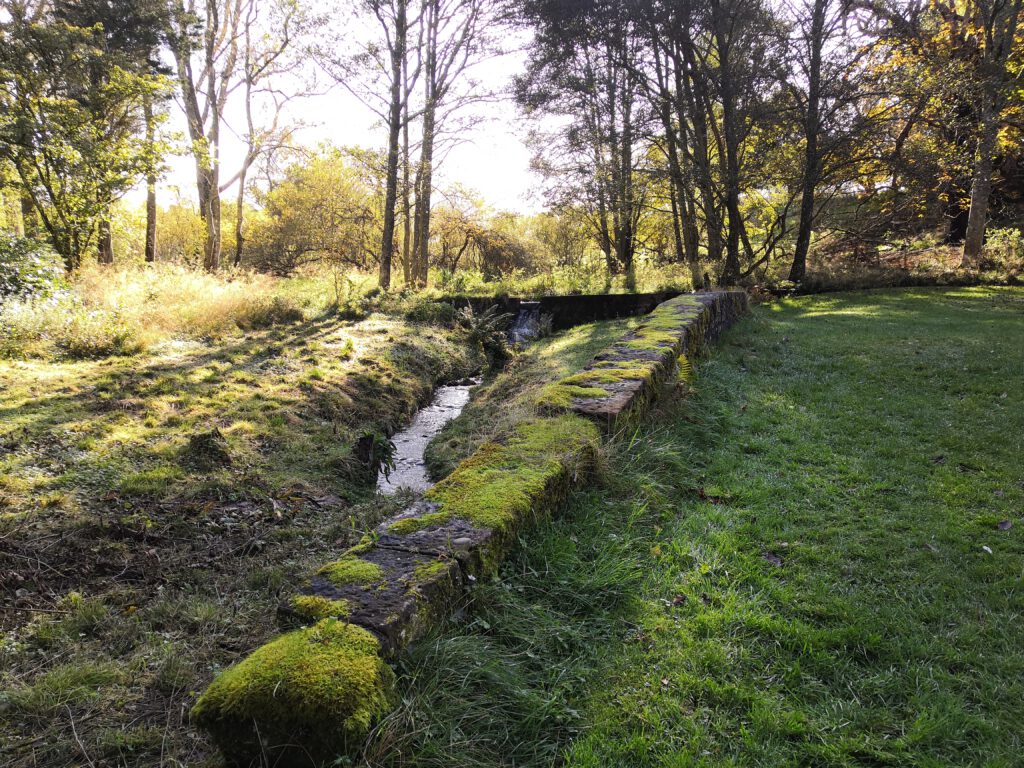
The Abbey itself was mostly destroyed in 1559 as a follow-up of the Reformation. Twenty-one years later the abbey estates were granted to Lord Ruthven, it was the Ruthvens who rebuilt the Abbot’s Palace (which was only a part of the old abbey). However, the Ruthvens didn’t rebuild it as it was but changed it a little to create a grand residence.
It was only 20 years later that James VI, son of Mary Queen of Scots, charged the Ruthven family with treason and gave the estates at Scone to one of his most loyal followers, Sir David Murray of Gospetrie who later became known as Lord Scone. In 1604 the palace was family seat of the Murrays of Scone who are the ancestors of today’s palace owners, the Earls of Mansfield, who kept Scone Palace during the last 400 years and still live there.
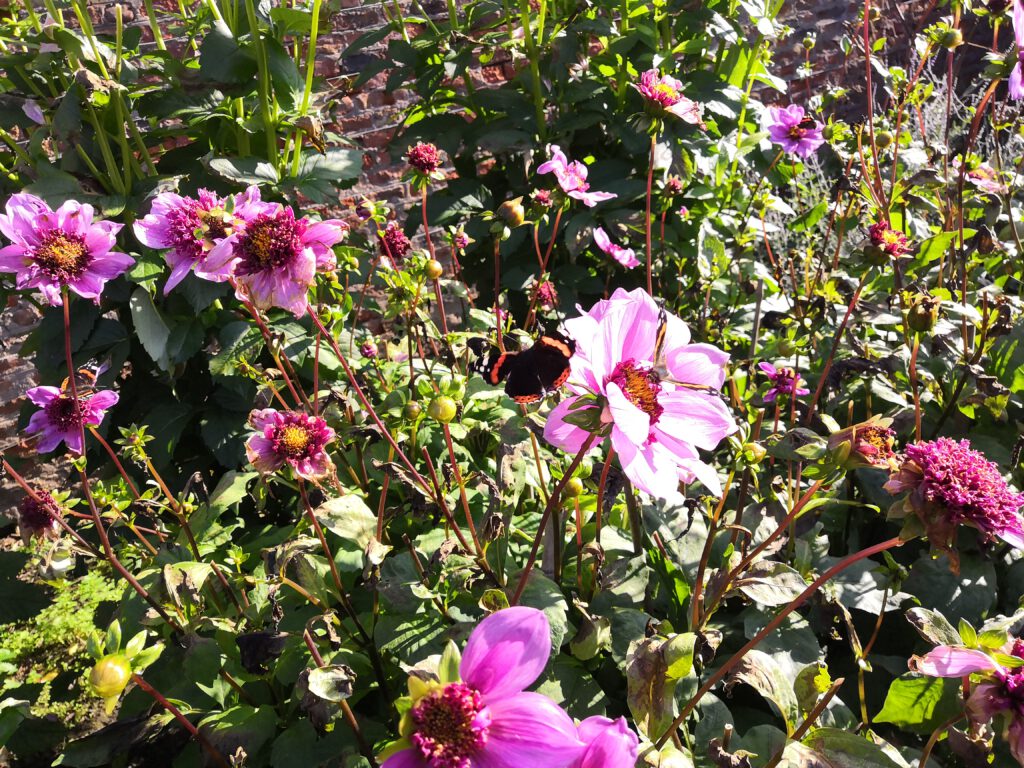
Queen Victoria and Prince Albert visited the palace in 1842 and for this occasion there was further work undertaken after in the previous years the surrounding area had landscaping work undertaken and had been renovated before 1807 to be the palace we can see today – a red sandstone Gothic Revival palace with a beautiful gallery.
Some other famous visitors, maybe better said, some other royal visitors were Bonnie Prince Charlie during the Jacobite rising of 1745 as well as the Queen Mother, Queen Elizabeth II and the Emperor of Japan, though those visits occurred several centuries later.
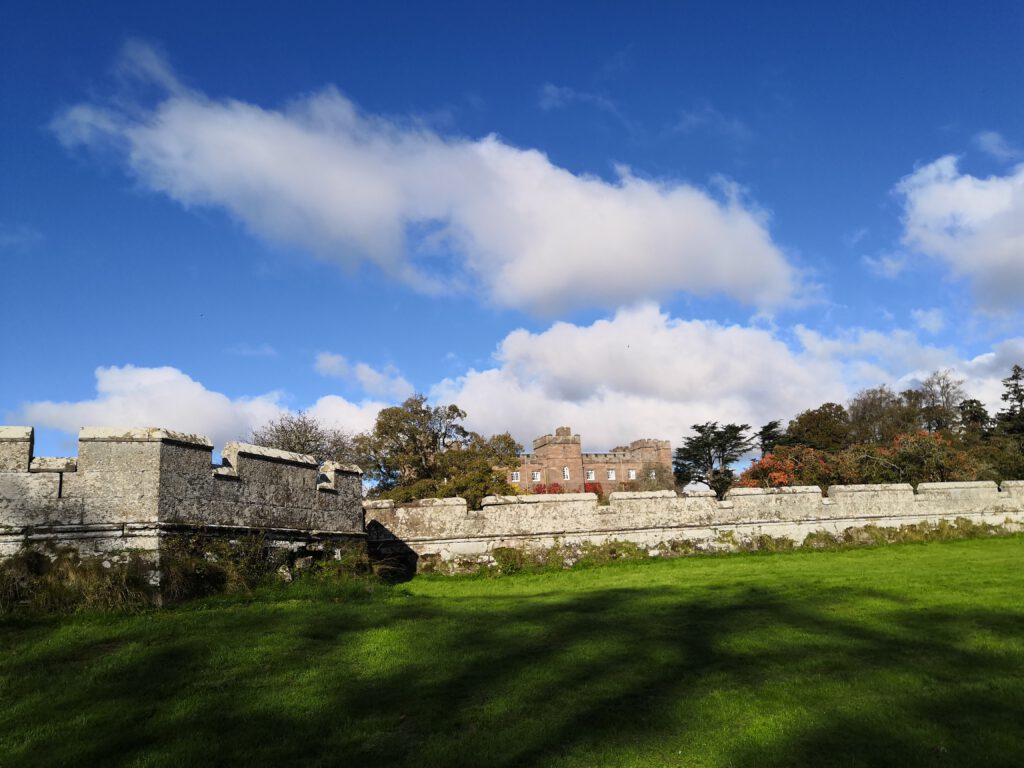
When visiting the palace today you will find various pieces of art – Rococo chairs, ceramics, portraits, ivories, Marie-Antoinette’s writing desk and located in the Lennox Room, the bed-hanging made by Mary Queen of Scots during her imprisonment in Lochleven Castle.
But it is not just the palace insides that attract visitors throughout the year, it is also the surrounding area including Moot Hill, a Murray Star shaped maze, fine woodlands including fir trees which are at least 250 years old and much more. Offering a great opportunity for a gentle stroll or a picnic. You don’t even have to be too lucky and will still see the curious peacocks who call this area their home.
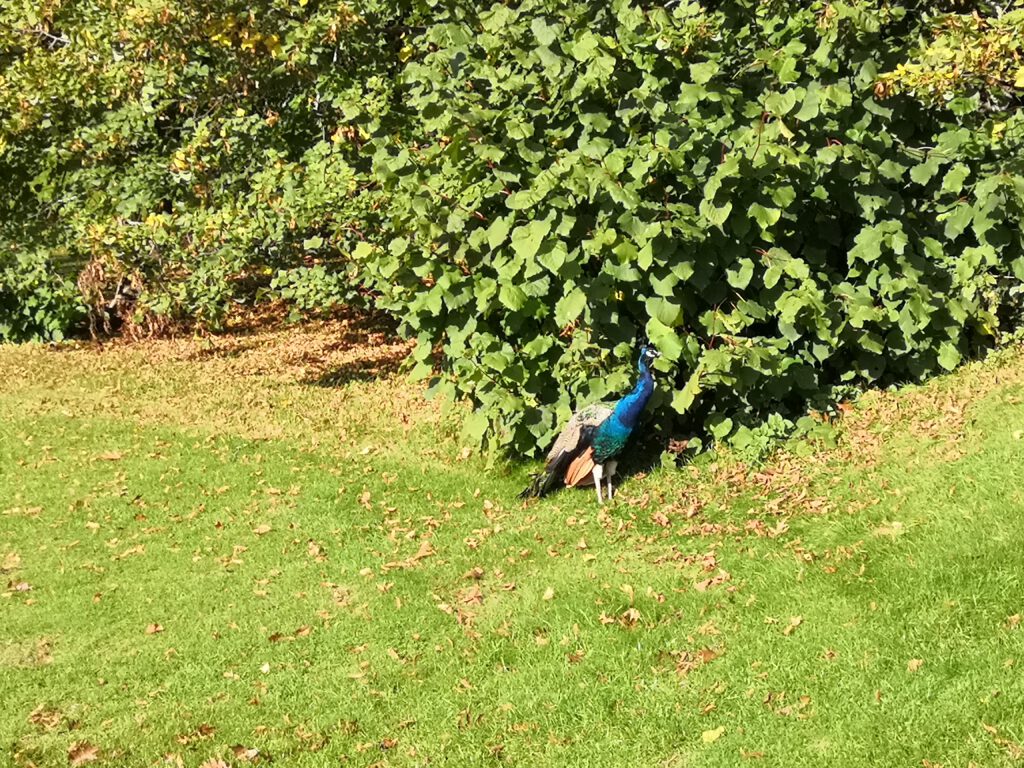
If you’re visiting with family the maze as well as the great adventure playground will keep the little ones busy while you can soak in the beauty of the gardens. Here a personal idea from me… no matter what age – check out the maze! It is great fun to go through it and afterwards when you stay on top of the platform you can see the paths you walked. Also do not hesitate to bring your dog with you since Scone Palace is Dog Friendly and during the year even has events on.
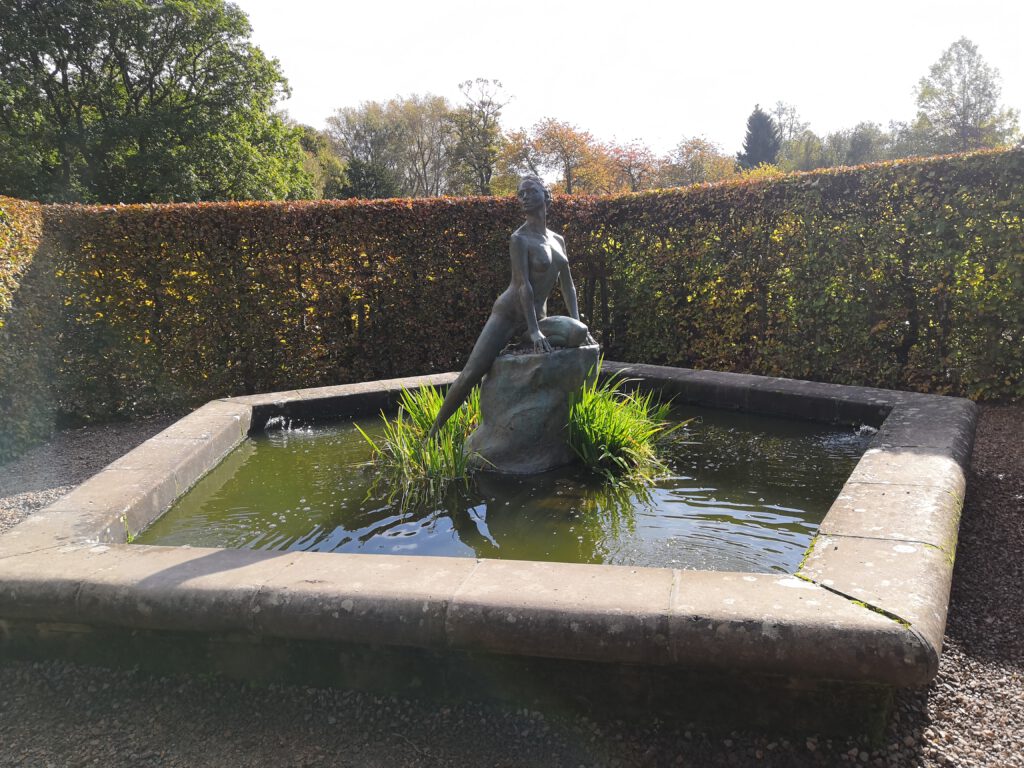
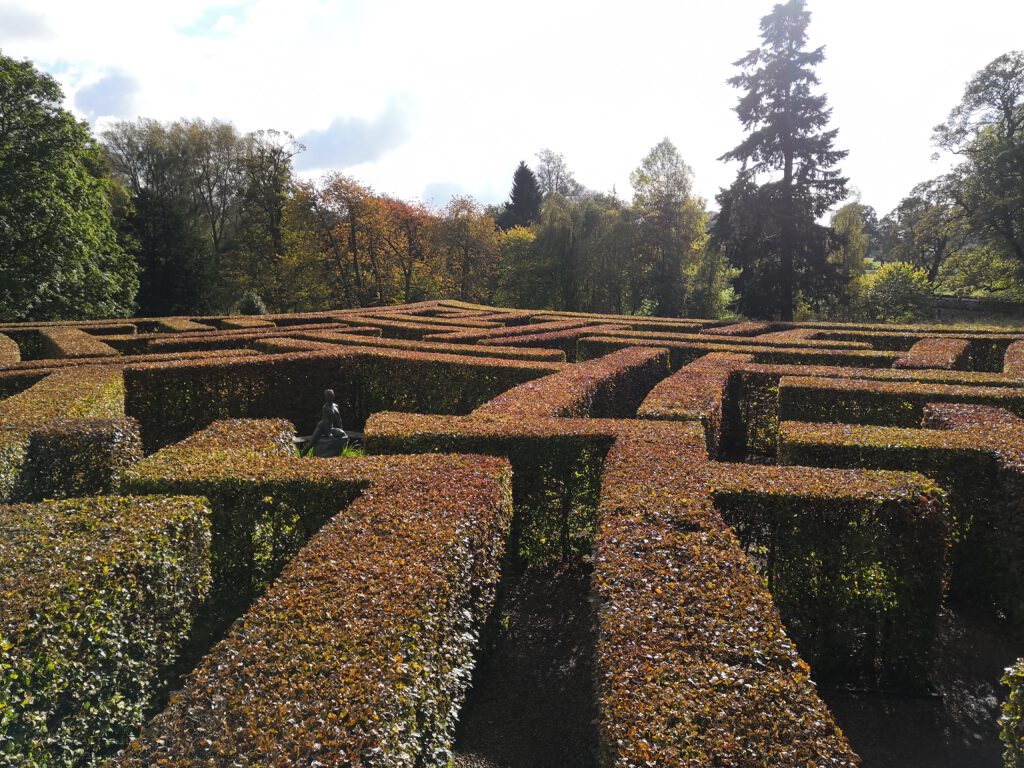
If you fancy just a visit to the insights of the Palace and a coffee or something similar afterwards you will be welcomed by a Gift Shop, Food Shop, Old Servants Hall Coffee Shop and the Old Kitchen Coffee Shop.
I personally found that Scone Palace is a great place to spend a couple of hours, mostly because of its great gardens, I am not a huge fan of paintings and such things which others find very fascinating, but still I am glad I had a look around the Palace itself before wandering off into the gardens. Scone Palace truly is a place which is a unique living testament to Scotland’s heritage, built in an area easy to reach and so full in history. There is no other place you can step into the feet of the Kings of Alba during their coronation while exploring astonishing beauty and peace as well as artifacts.
